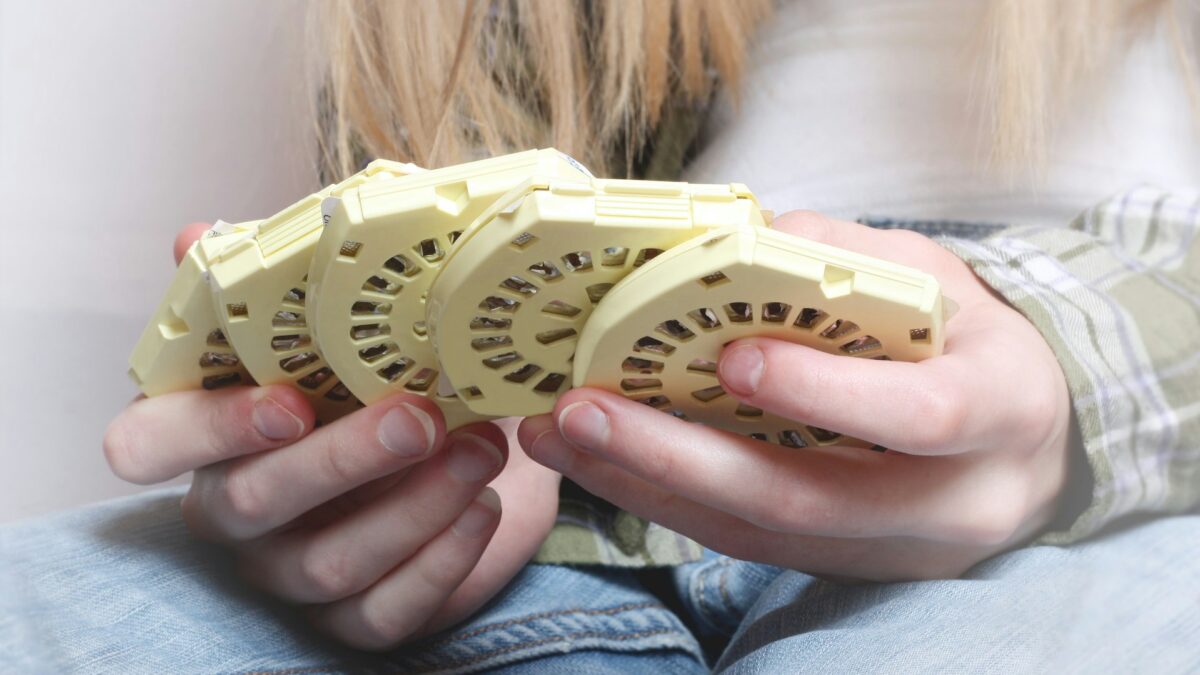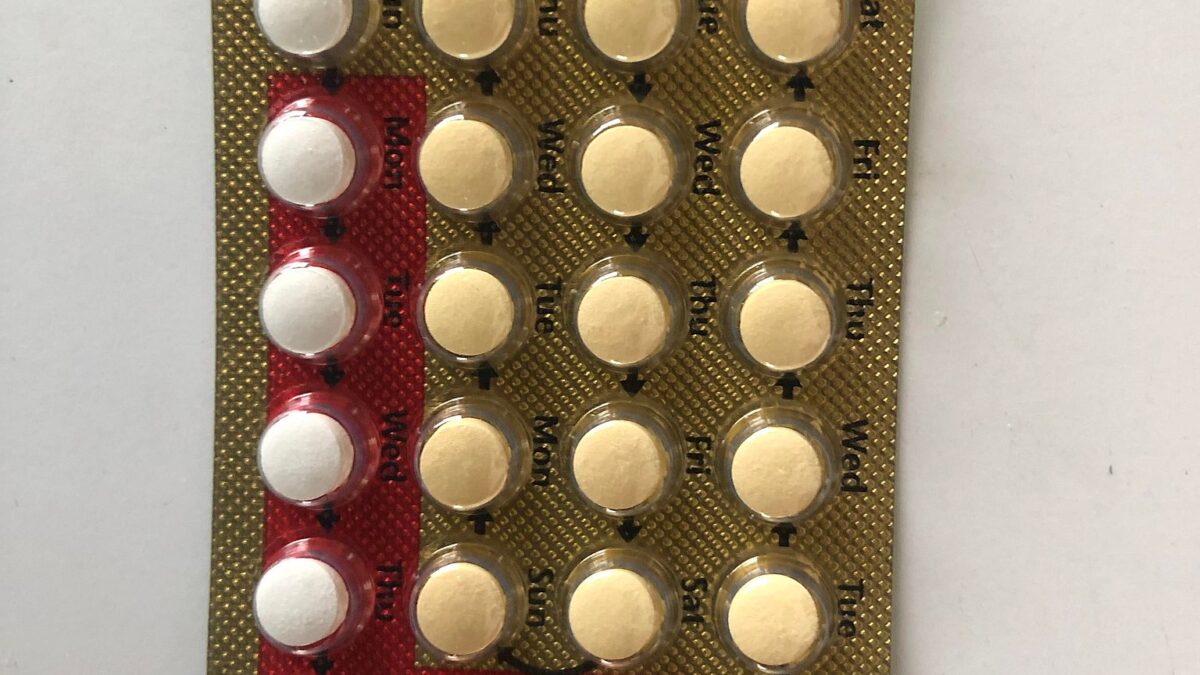
It’s been said that an honest person, when shown to be mistaken, will either cease being mistaken or cease being honest. Nothing good comes out of falsehood, whether or not it was deliberate, whether or not it was well-intentioned. My duty now is to admit I was wrong and explain why. As uncomfortable as it is, I’m eager to do so.
I kicked a hornet’s nest last week with an article about ectopic pregnancies. I argued that removing live ectopic babies wasn’t always necessary, because, as I interpreted the data, the risk to the life of the mother was very small.
This thesis outraged people. A Vox reporter wrote about it. The Twitter mob pressed in on all sides, and some participants took it as an opportunity to smear those associated with me.
But it wasn’t the sheer weight of public opinion or bully tactics that led me to conclude that I was wrong. It was calm and measured discussions with doctors and reading the resources they suggested.
I am a passionate advocate for the sanctity of human life and opponent of abortion. I won’t deny that I think abortion (and I will clarify the term shortly) should be abolished. But in my rush to defend the preborn, I fell headlong into confirmation bias. I saw what I wanted to see: that no heartbreaking compromises really have to be made, that no one needs to seal the fate of a tiny live baby by removing him from his mother, or otherwise indirectly killing him, in order to preserve her life.
If only that were true. While the data I presented isn’t factually incorrect, the way I interpreted the data was wrong. Although I’m not the only one to have done this—ectopic pregnancies are poorly understood by most people—my responsibility was to get it right, especially on sensitive issues of life or death. I failed, and for that I am truly sorry.
How I Learned More that Changed My Mind
Several things were said to me that began to chip away at my initial view, but it was a paper authored by Donna Harrison, MD, the executive director of the American Association of Pro-Life Obstetricians and Gynecologists (AAPLOG), and Maureen L. Condic, PhD. that collapsed my whole argument. Now I must climb out from under the rubble of that faulty reasoning.
My first mistake was calling surgery for ectopic pregnancy (salpingectomy or salpingostomy) or the chemical termination of an ectopic via methotrexate “abortion.” “Abortion,” as most people use the word, is non-medical shorthand for “elective destruction of an embryo or fetus,” as Condic and Harrison put it. While some people might hold up ectopic surgery as an example of “medically necessary abortion,” it doesn’t fit that definition because the fetus’ death, while guaranteed, is neither intentional nor direct, as with induced abortion.
Instead, what happens in ectopic cases is the separation of a “disorderly union” of the mother and the fetus. This is the term used by Condic and Harrison in their paper, in which they argue for an ethical framework for ectopic pregnancies that identifies the dissolution of the unsafe union of the mother and baby as the “good” end medical practitioners are working toward. It’s not that the baby himself is a problem, or that the organ he’s attached to is “diseased” and had to be removed with him in it, it’s that his continued residence in his present location jeopardizes the mother’s safety, as well as his.
It’s estimated that more than 95 percent of ectopic pregnancies are in a fallopian tube. It’s uncommon to discover a live ectopic baby there, but it does happen, and this is where my argument went badly wrong.
I asserted, based on the mortality rate of a study of autotransfusion use for ectopic ruptures, that the “risk” of dying from an ectopic pregnancy was very low, at less than 0.2 percent. However, Dr. R. Benjamin Johnston, a board-certified emergency medicine physician, informed me that removal of the ectopic pregnancy along with the fallopian tube is still necessary in cases where autotransfusion is used (as opposed to bank blood)—that is, the pregnancy is still removed.
I held this misinterpreted data point up as a tradeoff: destroy your baby before his natural death, or accept this small risk to avoid that distressing act. While that information may be relevant when trying to determine the general mortality rate if salpingectomy or salpingostomy were not done to prevent rupture, it is unhelpful and misleading when applied to the question of how to treat ectopic pregnancies that threaten the mother’s life.
Most Improperly Implanted Babies Have Died Already
In their paper, Harrison and Condic cite a study in which 92.4 percent of tubal fetuses were found to be deceased or visibly undetectable at the time of surgery; in 7.4 percent of cases, however, a heartbeat was detectable. In the vast majority of cases, then, there’s no ethical concern with removing the ectopic pregnancy to prevent rupture. It’s the other 7.4 percent of cases where we must wrestle with the morality of causing the immediate death of the fetus, albeit indirectly.
Under the ethical principle of “double effect,” a bad indirect outcome (the death of the baby) is justified if it results from pursuing a good outcome (the safety of the mother). This is the case with the majority of live ectopic babies, although the line blurs where fetuses are found in places elsewhere in the abdomen where they can survive to viability. A risk assessment would have to be made on the facts of the individual case.
The primary danger in ectopic cases is that a rupture can lead to the mother bleeding out. A mother “can die within minutes” this way, Harrison told me. In another study cited in the paper, one-quarter of women who underwent surgery within 24 hours of detecting the ectopic pregnancy had a ruptured tube already, meaning they were in imminent danger.
The paper states, “In order to avoid subjecting women to catastrophic hemorrhage, the treatment of choice when encountering an ectopic pregnancy in a clinical setting has been surgery to remove the fetus and placenta plus or minus the part or whole of the organ to which the placenta is attached.”
While I did not imply or state in my article that hemorrhaging was not a serious medical emergency, I didn’t emphasize the danger, either. I should have.
I’m Sorry, Please Forgive Me
I cannot emphasize enough that my intention was never to downplay tragedy or cause anyone feelings of guilt for having surgery to remove an ectopic baby. I did not approach this issue with the empathy for mothers that they fully deserved, however, and I am grateful to those who have pointed that out to me. As a mother myself, I should know better.
One contention in my essay I do still stand by, and I believe it is something all who value preborn lives can support: we need doctors and scientists working on transplant techniques for babies still found to be alive, so they can continue gestating safely in the uterus. Maybe that technology won’t exist for another 50 years, or ever.
But it is nevertheless true that the culture of death, fomented by legal abortion (all of which is elective), suppresses the value of preborn humans and thus impedes progress toward solutions that save both the mother and the baby. What a gift that would be to mothers, to at least know that doctors attempted to save that tiny life.
Other more feasible efforts can be made to at least help women cope with the tragedy of losing their baby. Such efforts would have been more constructive to focus on than denying, albeit mistakenly, the grim reality of ectopic pregnancies.
Other Ways to Help Mothers Who Have Lost a Baby
One is to make it a best practice to identify whether the baby is already deceased, as Condic and Harrison propose in their paper. Many mothers may carry guilt about their ectopic pregnancies, thinking they had caused the death of their baby when he had most likely already died. Knowing that as a certainty, and not a probability, would give perhaps a little comfort to mothers who are already grieving the loss. Ectopic pregnancies are out of the mother’s control, and nothing she did, or could have done, would have changed the outcome for the baby.
Another is for hospitals to offer funerals to the parents of ectopic babies, which acknowledge the dignity of the life that was lost and help parents cope with the reality of losing a child. Hospital policies and state laws on the management of fetal remains vary, but generally only babies older than 20 weeks even receive death certificates, and not all states let parents decide what happens to fetal remains.
Johnston believes it is a best practice to offer call the patient’s pastor, priest, rabbi, or other spiritual advisor or to offer the services of a spiritual advisor if the patient does not have one. “The patient should know that a memorial service for the child is appropriate as well,” he told me.
My desire was to break down the idea that abortion is necessary to save mothers and to inspire hope that someday tubal babies can be saved by medical advances so mothers don’t have to grieve at all. But I let my zeal for defending the dignity and survival of preborn lives cloud my reasoning. I believe my article, while well-intentioned, hurt that cause—as mistaken ideas always do.









